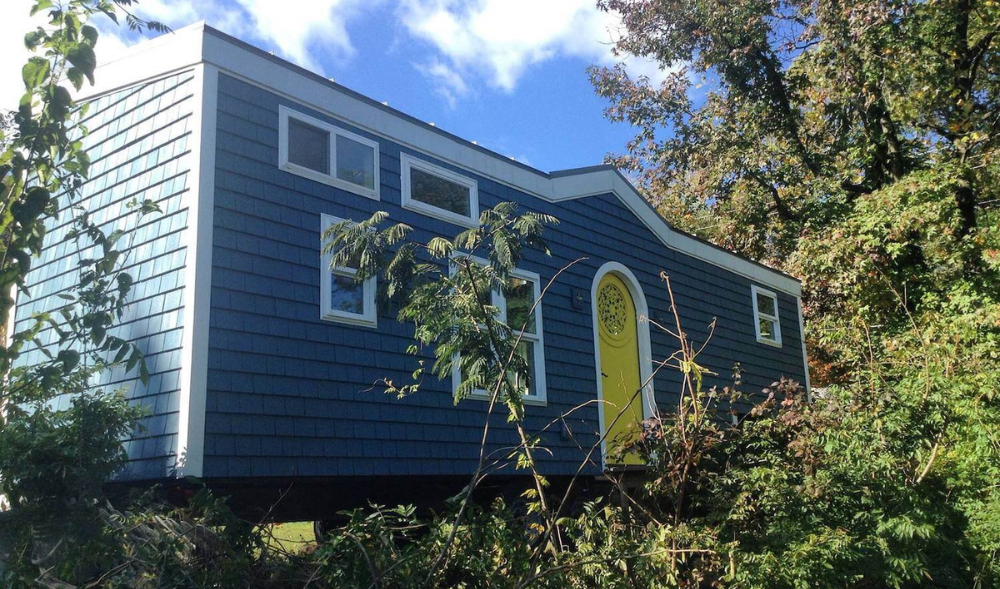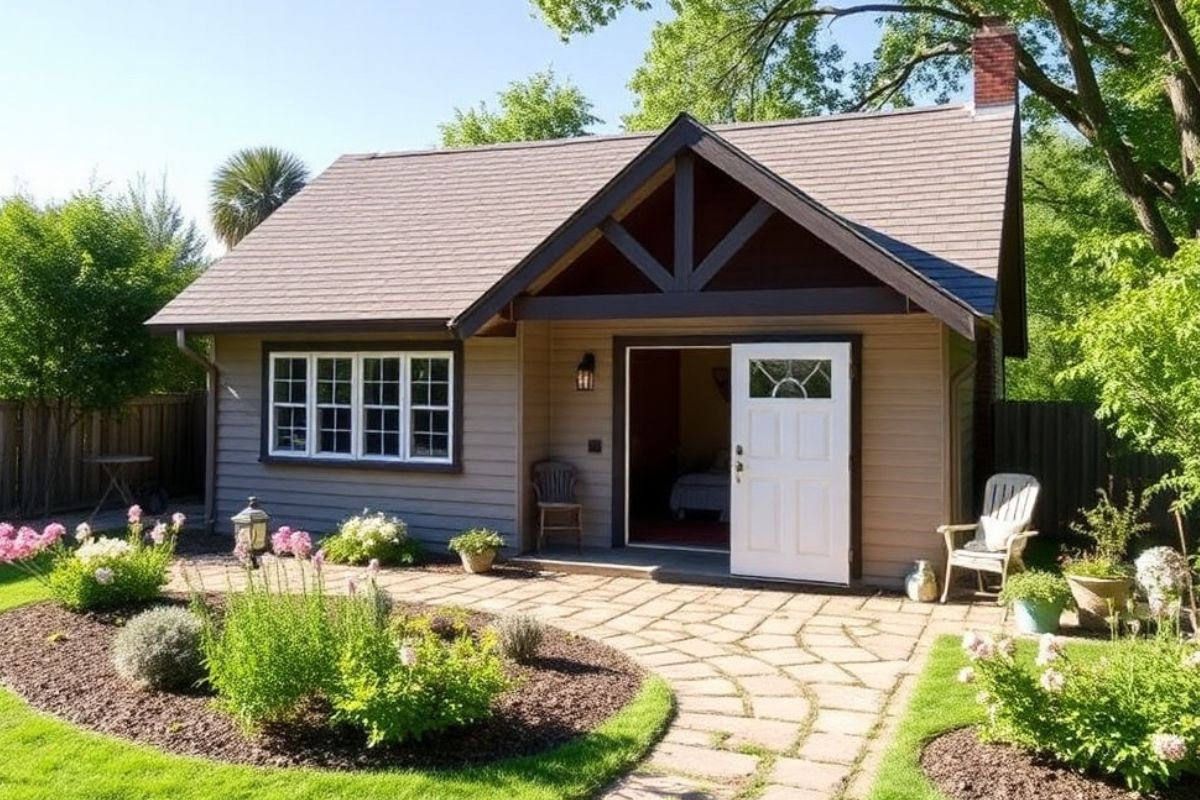You've likely seen them — the beautiful small homes with cedar cladding, string lights, and perfectly folded blankets. They're like freedom on a trailer hitch. But what you can't see may haunt you later at night. Inside those lovely walls, within the cramped crawl spaces, and under that clever storage stair, are mistakes that can quietly drain your wallet. Quite literally.
Here's the thing: constructing or buying a small home isn't just about style or simplicity. It's about balance — comfort, safety, and usability packed into a limited footprint. And the biggest mistakes almost always occur behind the drywall, when rushed decisions or miscalculations with utilities can cost you time, money, and peace of mind.
Before you get too far, if you're building or renovating, it’s smart to get professionals involved. For one-on-one inspection or repairs, you can visit GCL Home Services. They handle the type of hidden issues most people never notice until it’s too late.
“Wait, Why Is the Power Flickering?” The Electrical Oversights No One Talks About
Electricity in a small house can seem simple. You might think, “It’s a small space, so less wiring, right?” Well, not quite.
Many DIY builders underestimate the power demands of modern life. Between laptops, space heaters, and induction cooktops, your energy load can build up fast. A single overloaded circuit or undersized breaker can mean constant tripping or even fire risks.
A common mistake is using regular home wiring methods without considering the movement and vibration in mobile or off-grid setups. Those small shifts can loosen wires and connections over time. Loose connections mean sparks, and sparks mean danger.
You don’t have to be an electrician to see the risk. Imagine plugging in your toaster and watching the lights dim. That’s not just annoying; it’s your system crying out for help.
Quick tip: Keep a wiring diagram. Map every outlet, appliance, and light circuit before you build. That small bit of planning can save you a fortune later.

The Sneaky Leaks: Plumbing That Creeps Up on You
Water is sneaky. It seeps, drips, and creeps until one morning your floor feels soft or your walls start to stain. Tiny home plumbing might look neat, but behind that clean paneling, weak seals or cheap fittings can lead to expensive problems.
One of the most overlooked issues is temperature fluctuation. Because tiny homes often sit on trailers or exposed foundations, pipes freeze faster than you’d think. A frozen pipe might not burst right away; it can crack just enough to leak slowly behind your cabinetry for weeks.
Another trap is overcomplicating your plumbing. Some builders run pipes through cramped spots that make future maintenance almost impossible. The more you hide, the harder it is to fix.
If you’re designing your setup, try flexible PEX tubing — it handles movement and temperature changes better than rigid PVC. And keep your joints where you can reach them. Hidden doesn’t have to mean unreachable.
“Where’s the Air?” The Ventilation Everyone Forgets
Let’s talk about air. Not the poetic “mountain breeze” kind, but the air inside your tiny home right now.
Small spaces trap moisture fast. Cooking, showering, even breathing adds humidity, and when it has nowhere to go, it sticks to your walls. That dampness doesn’t just fog your windows; it seeps into insulation, inviting mold and mildew.
Here’s what’s funny — people obsess over insulation to save energy but forget ventilation, which keeps the air healthy. You need both. A mini split system or small HRV (heat recovery ventilator) can change everything.
Think of your tiny home like a living thing. It needs to breathe. Seal it too tightly and it suffocates; ventilate it right and it thrives.
The “I’ll Fix It Later” Trap
It’s easy to rush through hidden details when you’re eager to move in. You tell yourself, “I’ll fix that junction box next month.” But next month becomes next year, and now your under-bed storage is full, and you can’t even find that shutoff valve anymore.
Putting off maintenance is one of the sneakiest mistakes tiny homeowners make. The irony? It’s usually preventable. A loose clamp or small drip can become a huge repair if ignored.
Treat your tiny home like a small business. Schedule regular checkups. Make it fun if you can — label your fuse box, give your water pump a name, reward yourself after a maintenance day. Small habits now save big headaches later.
When DIY Becomes “Why Did I?”
Let’s be real: DIY is part of the tiny home magic. You cut, sand, and wire your way to independence. But that pride can backfire.
Smaller doesn’t mean simpler. Tiny homes squeeze full-size systems into tight spaces, making them more complex, not less. Installing electrical or HVAC systems from YouTube tutorials alone can be risky.
And there’s a mental side too. When you’ve built something yourself, you stop seeing flaws. You want to believe it’s perfect. But a professional might catch what you can’t — and that’s a good thing.
Sometimes, the smartest DIY move is knowing when to call an expert. That’s not failure; that’s wisdom.
The Hidden Cost of “Aesthetic Overload”
Confession time: we all fall for Pinterest. The wooden beams, Edison bulbs, and reclaimed barn doors look amazing. But beauty doesn’t always mean function.
That trendy shiplap wall might hide tangled wires or trap condensation. Those recessed lights that look sleek might need more heat clearance than your ceiling allows.
Design decisions made for looks alone often end up costing more later. Try to think beyond today’s trends. Ask yourself, will this still work five winters from now?
One of the smartest moves you can make is adding access panels for your utilities. If you ever need to reach wiring, plumbing, or ducts, you’ll thank yourself for not sealing them up forever.

The Small Fixes That Make a Big Difference
After all this talk about hidden headaches, here’s the bright side — most of these problems are fixable, and better yet, preventable.
A few habits can make all the difference:
-
Label everything. Every breaker, pipe, and valve.
-
Inspect once a year. Catch small issues before they grow.
-
Keep records. Track upgrades or repairs in a simple log.
-
Balance efficiency and access. Compact doesn’t mean cramped.
They might seem simple, but in a tiny home, these small habits protect big dreams.
The Emotional Side of Building Small
Tiny homes are more than a lifestyle trend; they’re emotional projects. For many, they represent freedom, sustainability, or a new beginning. But like any home, they need care and attention.
You’ll have moments of frustration when something breaks or leaks. That’s part of it. The key is remembering your tiny home isn’t fragile — it’s resilient. And so are you.
Even in the smallest spaces, there’s room for growth, patience, and pride.
Wrapping It Up
Hidden mistakes are like bad wiring — they stay invisible until they don’t. Whether you’re sketching your dream layout or already living tiny, awareness is your best defense.
Your electrical, plumbing, and ventilation systems aren’t just technicalities. They’re what keep your home alive. Treat them with respect, plan ahead, and they’ll reward you with safety and comfort for years.
And if you’re ever unsure where to begin, don’t wait until something fails. A quick check from a professional can save you from much bigger problems down the line.
Because in every tiny home, what you can’t see still matters most.






Share: